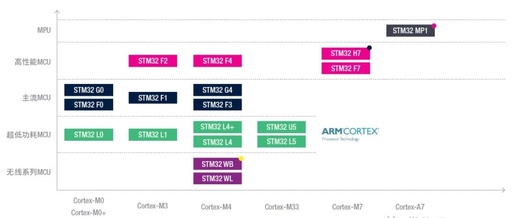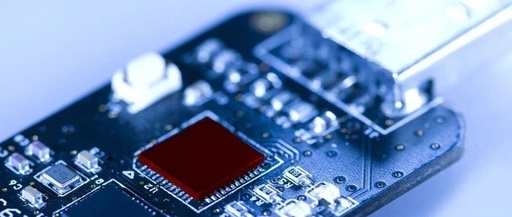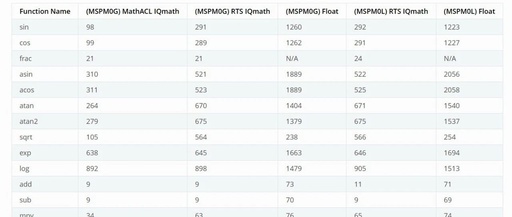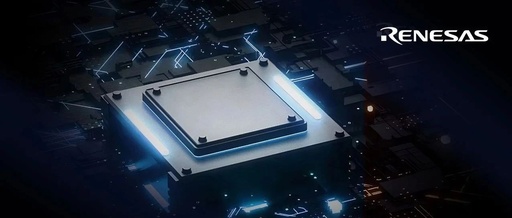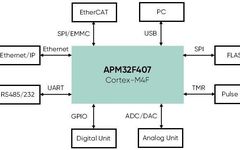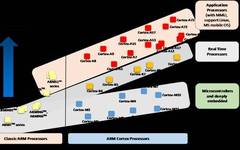STMicroelectronics (ST) MCU Specific Models and Parameter Comparison Table!
Table of Contents Mainstream MCUs STM32 G0 Series – Arm Cortex-M0+ New Entry-Level MCU STM32 G4 Series – Arm Cortex-M4 Mixed Signal MCU STM32 F0 Series – Arm Cortex-M0 Entry-Level MCU STM32 F1 Series – Arm Cortex-M3 Basic MCU STM32 F3 Series – Arm Cortex-M4 Mixed Signal MCU High-Performance MCUs STM32 F2 Series – Arm … Read more
